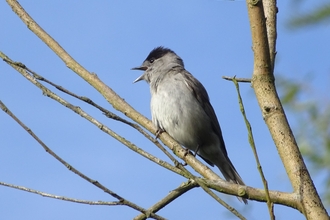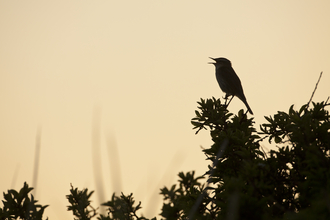By Rebecca Gibson, Herts & Middlesex Wildlife Trust Volunteer
Night Sky
Early sunsets make winter a great time for stargazing when even young children can see the stars before bed. An easy constellation to find is Orion’s Belt – an hourglass-shaped group with three parallel stars as the belt in its centre. At the top of the hourglass are Rigel and Betelgeuse, two of the brightest stars in the sky.










